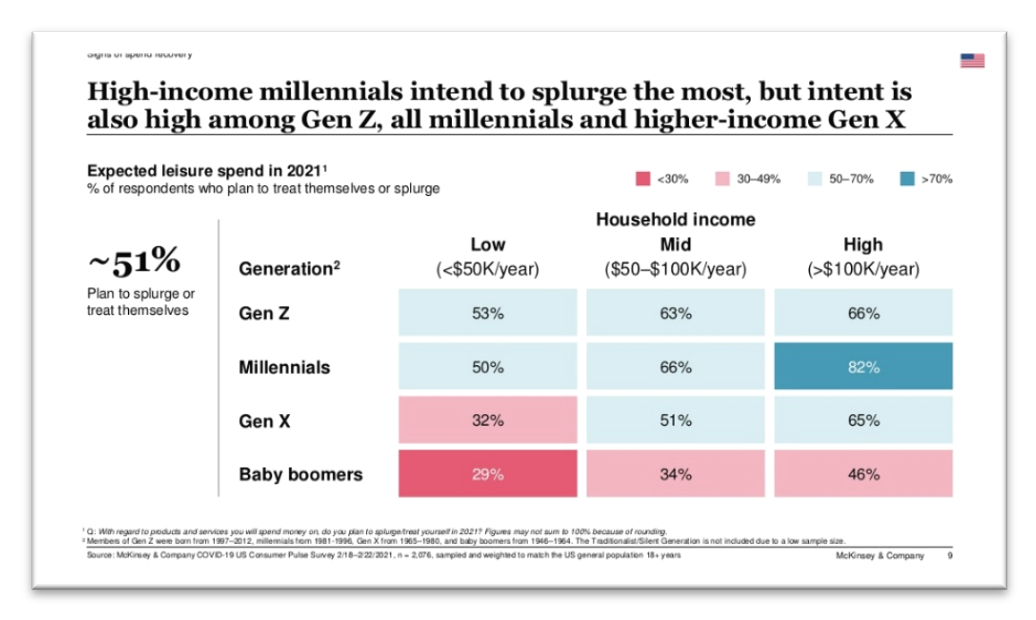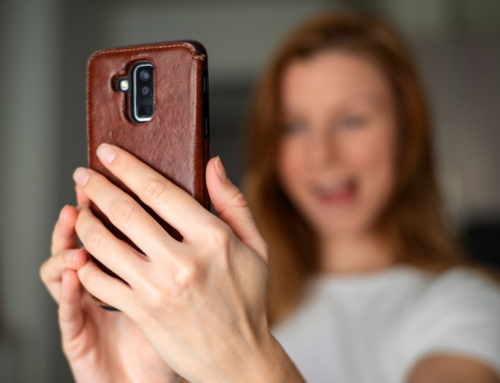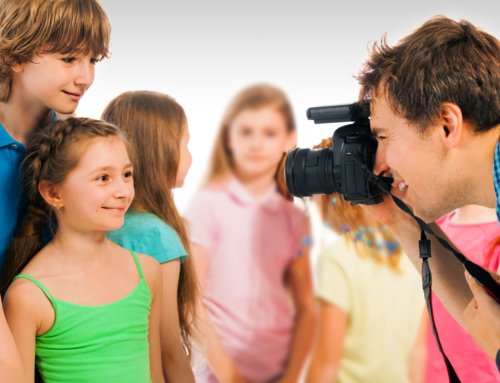Soccer stadiums are filling up, music festivals have been announced and fireworks can once again be seen over Great American Ballpark. As the United States continues to expand its vaccination efforts across the country, a live event comeback feels inevitable. But just because restrictions are lifted and event planners are ready to get back doesn’t mean that the attendees are ready to return.
Sentiment varies from one audience to the next
Whether or not your brand is ready to re-invest in live events isn’t so much dependent upon your ability to execute as it is the demand from your consumer.
While public confidence in attending live events is growing, sentiment is still heavily splintered based on demographics. In a recent poll from Morning Consult, nearly half (48%) of surveyed millennials said they would feel comfortable attending a live sporting event. This number dropped to 38% among Gen Xers and stooped as low as 27% among Baby Boomers. Another Morning Consult poll suggests that comfort around public gatherings also may correlate with political ideology. While 47% of Republicans polled said they’d be comfortable going to a movie theatre, that opinion was shared by only 34% of polled Democrats.
A sense of safety isn’t the only thing stopping consumers from buying a ticket. Consumers are still reeling from the economic turbulence of 2020, and some are more likely to engage in leisurely spending than others. A recent McKinsey poll (pictured below) found that high-earning millennials and Gen Zers are the most likely to splurge in the upcoming year, while even the wealthiest of Baby Boomers are taking a cautious approach to their expenditure.

In short, a marketer whose target audience is on the younger side is going to be far more justified in embarking on a pricey live event than one whose audience is comprised of older consumers.
The devil is in the details
Not all events are built the same. Indoor vs. outdoor, full vs. reduced capacity, masks or no masks, these are all considerations weighing heavy on the minds of audiences. The previous poll from Morning Consult suggests that 15% more sports fans are comfortable attending an outdoor event than indoor event and 20% more sports fans are comfortable attending an event operating at a reduced capacity vs. one at full capacity.
If you want your guests to feel safe, reducing the capacity of your event might be just as, if not more, effective than moving your event outdoors.
Virtual events aren’t going anywhere
If hosting an in-person event goes against your local health restrictions or doesn’t appear to be in the best wishes of your consumers, then there are still plenty of virtual event tools at your fingertips. The pandemic has changed the way we work, live and play indefinitely, and virtual mediums will be a worthwhile investment for the foreseeable future. There are plenty of resources out there to help you ensure your virtual event is a success, including our free Zoom Digital Events Guide.
Most importantly, as your event planning adjusts to a new normal, don’t lose sight of the core offerings that have built your client relationships up to this point. Yes, we might miss the roar of a concert crowd or shaking hands at a conference, but if 2020 has taught us anything, it’s that the value you bring your consumer is more important than the vehicle you use to deliver it.








